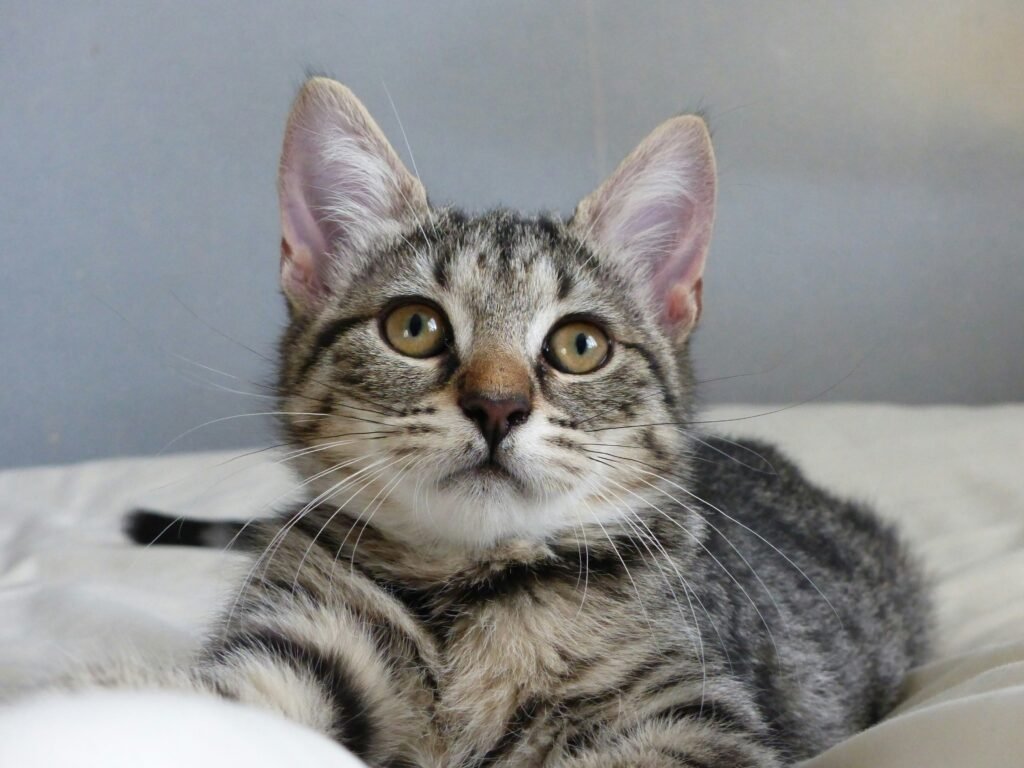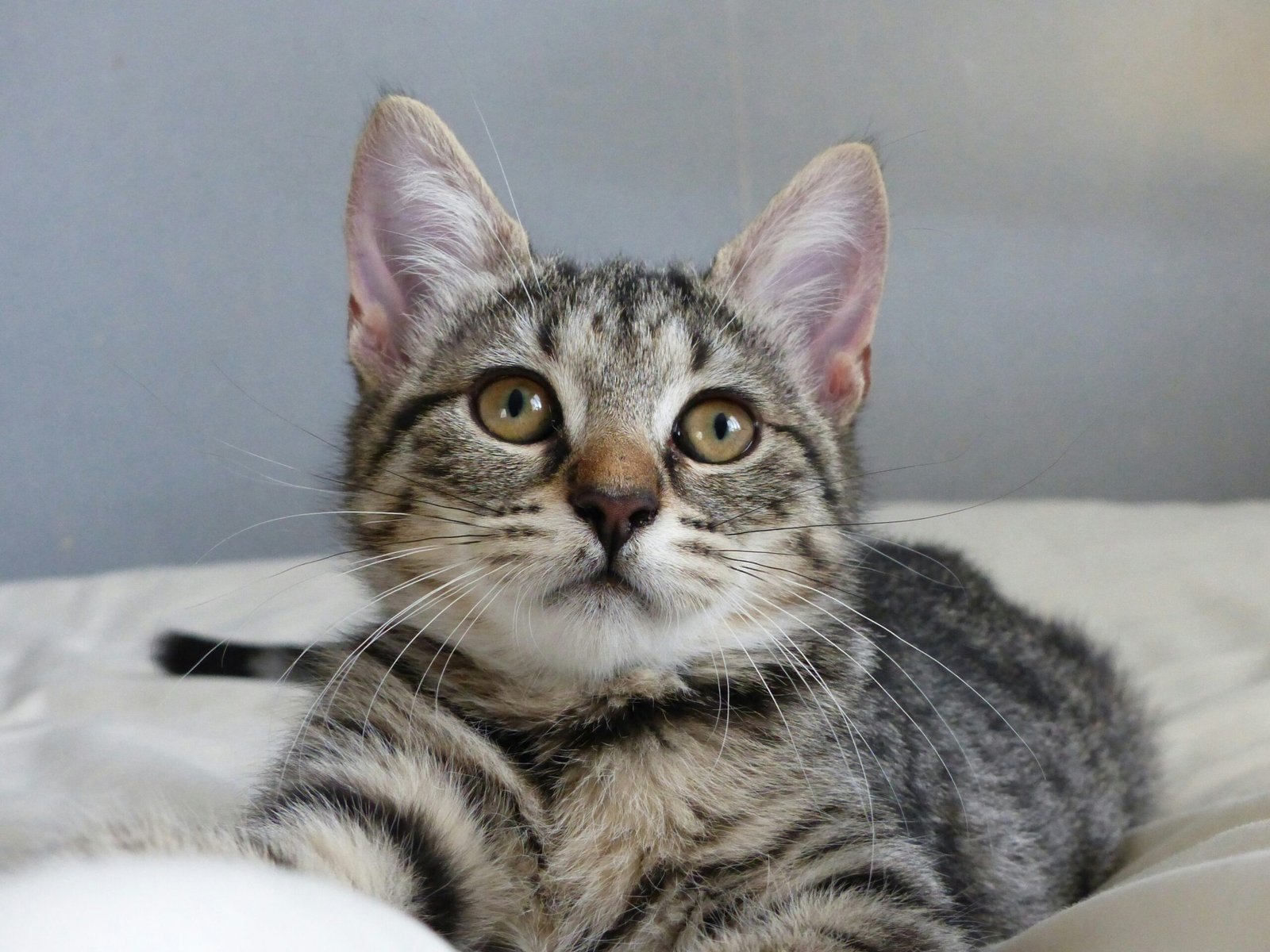The Right Way to Pick Up a Cat: A Guide for Every Cat Lover
Cats are graceful, independent creatures that bring joy and companionship into our lives. However, picking up a cat isn’t as simple as it might seem. Whether you’re a seasoned cat owner or someone who’s just starting to interact with felines, understanding the correct way to handle them is essential. Picking up a cat improperly can lead to stress, discomfort, or even injury—for both you and the cat. In this guide, we’ll walk you through everything you need to know about how to pick up a cat safely and respectfully. Let’s dive in!
Why Reading Your Cat’s Signals Matters Before Picking Them Up
Before attempting to pick up a cat, it’s crucial to observe their body language. Cats communicate their feelings and intentions through subtle cues. Ignoring these signals can result in an unpleasant experience for both you and your furry friend. Here’s what to look for:
Tail Position: A high tail often indicates confidence and happiness, while a puffed-up tail suggests fear or aggression.
Ears: Forward-facing ears mean curiosity or relaxation, whereas flattened ears signal discomfort or anger.
Purring: While purring is usually a sign of contentment, it can sometimes indicate stress or pain. Pay attention to context.
Posture: A relaxed, stretched-out posture is a green light, but a crouched or tense stance means they may not want to be touched.
Vocalizations: Soft meows can be friendly, but hissing or growling is a clear warning to back off.
Understanding these signs ensures you approach your cat at the right time and in the right way, setting the stage for a smooth interaction. Remember, every cat is unique, so take the time to learn their individual preferences.
Mastering the Art of Lifting Your Feline Friend
Now that you’ve learned how to read your cat’s body language, let’s move on to the practical steps of picking them up. Doing it correctly not only keeps your cat comfortable but also strengthens your bond. Follow these tips for a seamless experience:
Approach Slowly: Move toward your cat calmly and avoid sudden movements that might startle them.
Pet First: Gently stroke their back or head to reassure them before attempting to lift them.
Support Their Chest and Hindquarters: Place one hand under their chest and the other under their hind legs to provide full support.
Keep Them Close: Hold your cat close to your body to make them feel secure and prevent them from wriggling free.
Avoid Grabbing by the Scruff: Contrary to popular belief, lifting a cat by the scruff is not recommended unless it’s a kitten being carried by its mother.
By following these steps, you’ll ensure your cat feels safe and comfortable during the process. Practice makes perfect, so don’t get discouraged if it takes time to master.
Check this guide 👉How to Cat-Proof Your Balcony: Best 7 Expert Tips!

Aspect | Cats |
|---|---|
Body Language Sensitivity | Highly sensitive; requires careful observation |
Preferred Handling | Support chest and hindquarters |
Common Mistakes to Avoid | Lifting by the scruff or tail |
Stress Indicators | Hissing, growling, or flattened ears |
Bonding Opportunity | Builds trust when done correctly |
What Not to Do When Picking Up a Cat
Even well-meaning cat owners can make mistakes when trying to pick up their feline companions. Being aware of these common pitfalls will help you avoid unnecessary stress for your cat. Here’s what to steer clear of:
Rushing the Process: Cats value calmness; rushing can make them anxious or defensive.
Ignoring Warning Signs: If your cat shows signs of distress, respect their boundaries and try again later.
Using Excessive Force: Never force a cat into your arms if they resist—it can damage trust.
Lifting Without Support: Failing to support their hind legs can cause discomfort or injury.
Assuming All Cats Are the Same: Each cat has its own personality and comfort level, so tailor your approach accordingly.
Avoiding these mistakes ensures a positive experience for both you and your cat. Patience and empathy go a long way in building a strong relationship.
Strengthening Your Bond Through Positive Interactions
Building trust with your cat takes time, especially if they’re shy or new to your home. The more comfortable they feel around you, the easier it becomes to pick them up. Here are some tips to foster a deeper connection:
Spend Quality Time Together: Engage in activities like playing or grooming to build rapport.
Offer Treats and Rewards: Positive reinforcement helps associate you with good experiences.
Respect Their Space: Allow your cat to come to you rather than forcing interactions.
Be Consistent: Regular, gentle handling builds familiarity and trust over time.
Create a Safe Environment: Ensure your home is a stress-free zone where your cat feels secure.
With patience and consistency, your cat will grow to trust you completely, making future interactions smoother and more enjoyable. Trust is the foundation of any great relationship—human or feline!
Why Learning to Pick Up Your Cat Correctly Matters
Picking up your cat the right way has numerous benefits that extend beyond just avoiding scratches or bites. It fosters trust, reduces stress, and strengthens your bond over time. Here’s how proper handling can positively impact your relationship:
Builds Trust: When you handle your cat gently, they learn to associate you with safety and comfort.
Reduces Anxiety: Cats are creatures of habit; consistent, respectful handling minimizes their fear during interactions.
Prevents Injuries: Supporting their body correctly lowers the risk of accidental harm to both you and your pet.
Encourages Affection: A calm approach makes your cat more likely to seek out cuddles and affection.
Improves Communication: Over time, your cat will better understand your intentions and respond accordingly.
By mastering the art of proper handling, you’re not just picking up your cat—you’re nurturing a lifelong connection built on mutual respect and care.
Recognizing Mistakes in How You Pick Up Your Cat
Sometimes, even well-meaning cat owners unknowingly make mistakes when picking up their feline companions. Recognizing these signs early can prevent discomfort or behavioral issues down the line. Here’s what to watch for:
Your Cat Struggles or Squirms: If your cat tries to escape immediately, it may mean they don’t feel secure.
Hissing or Growling: Vocalizations like these indicate distress or dissatisfaction with how you’re holding them.
Flattened Ears or Wide Eyes: These are clear indicators that your cat feels threatened or uncomfortable.
Refusal to Jump Into Your Arms Again: If your cat avoids you after being picked up, something went wrong.
Excessive Licking or Grooming Post-Interaction: This could signal stress caused by improper handling.
If you notice any of these signs, take a step back and reassess your technique. Adjusting your approach can make all the difference in ensuring a positive experience.
Special Considerations When Picking Up Young Cats
Kittens are adorable bundles of energy, but their small size and developing bodies require extra care when handling them. Unlike adult cats, kittens are still learning about human interaction, so patience is key. Keep these tips in mind:
Use Two Hands for Support: Always cradle their entire body to avoid straining their fragile muscles.
Be Gentle but Firm: Avoid squeezing too tightly, but ensure they feel secure in your grasp.
Limit Handling Time: Kittens tire easily, so keep lifting sessions short and sweet.
Watch for Overstimulation: Too much handling can overwhelm young cats, leading to nipping or scratching.
Teach Them Early: Use positive reinforcement to help them associate being picked up with good experiences.
Handling kittens properly sets the stage for a lifetime of trust and affection. With consistency and care, they’ll grow into confident, loving adult cats who enjoy your company.
Frequently Asked Questions About Picking Up Cats
Can I pick up my cat anytime I want?
It’s best to wait for moments when your cat seems relaxed and receptive. Forcing them to be picked up can lead to stress.
What should I do if my cat struggles while being held?
Gently lower them back to the ground and give them space. Try again later when they’re calmer.
Is it okay to pick up stray cats?
Stray cats may not trust humans, so it’s safer to use food or toys to gain their trust before attempting to touch them.
How can I tell if my cat enjoys being picked up?
Look for signs like purring, kneading, or leaning into your touch. These indicate contentment.
Should I pick up my cat immediately after surgery?
Always follow your vet’s advice regarding post-surgery care, as improper handling could affect their recovery.
Final Thoughts: Strengthening Your Connection Through Respectful Handling
Picking up a cat is more than just a physical act—it’s an opportunity to deepen your bond and show your feline friend that you care. By respecting their boundaries, reading their signals, and using proper techniques, you create a foundation of trust and mutual understanding. Remember, every cat is different, so take the time to learn what works best for yours. With patience and practice, you’ll become a pro at picking up your cat while ensuring their comfort and happiness. Happy cat parenting!
Why Is My Cats Second Eyelid Showing? Best 7 Expert Tips! Understand causes, health signs, and how to respond when your cat’s third eyelid becomes visible.
How Do I Know If My Cat Died Peacefully? Best 7 Expert Tips! Discover the quiet signs of a peaceful feline passing and find comfort in their final moments.
Cat Allergy Eyes: Best 7 Expert Tips! Discover why your eyes react to cats and learn proven strategies for relief—without giving up your feline friend.
Why Do Abyssinian Cat Colors Matter? Best 7 Expert Tips! Discover the genetics, rare hues, and care secrets behind Abyssinian coat colors for a healthier, happier cat.





